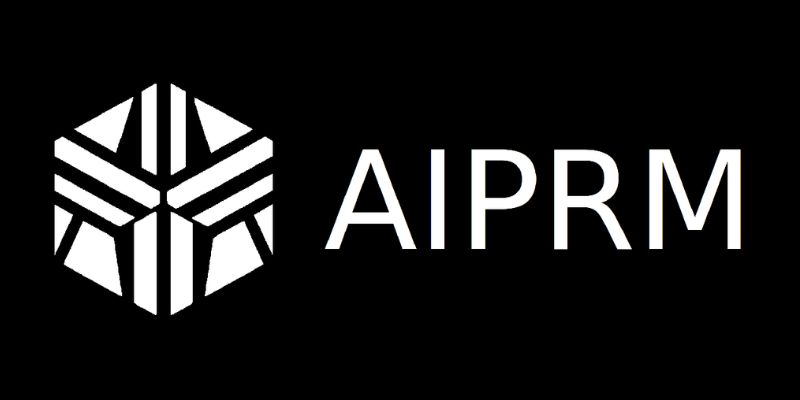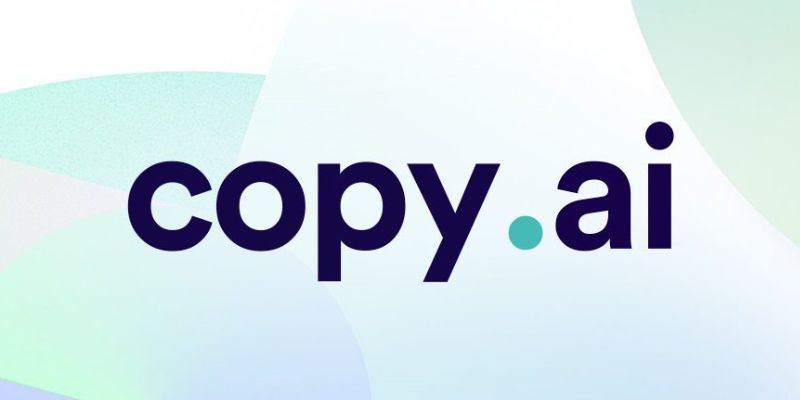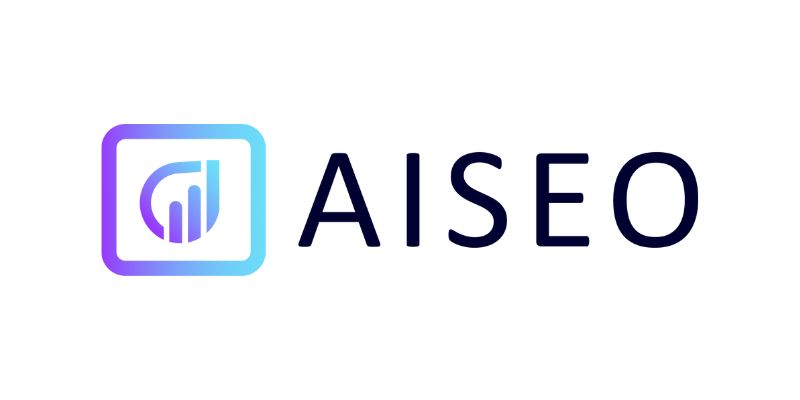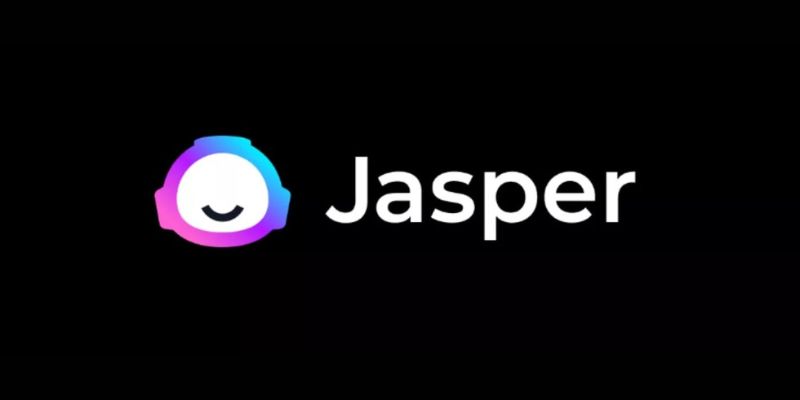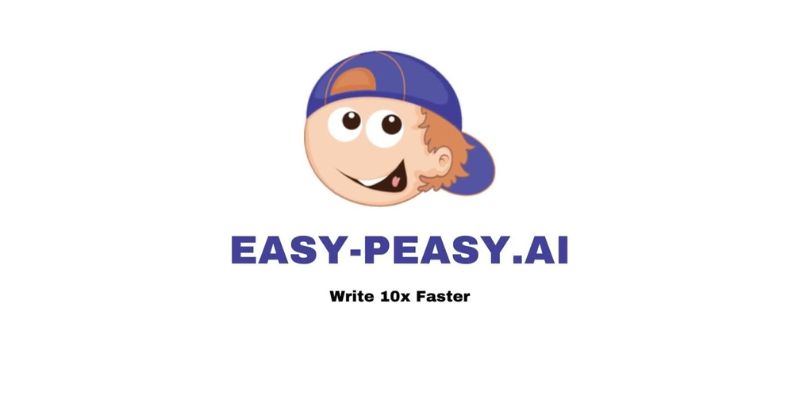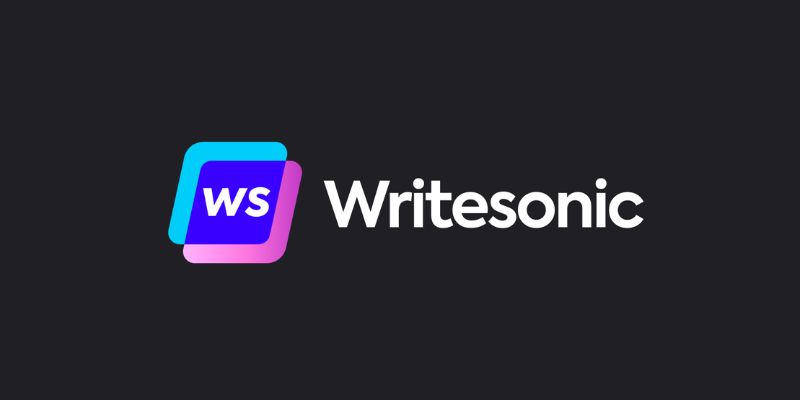
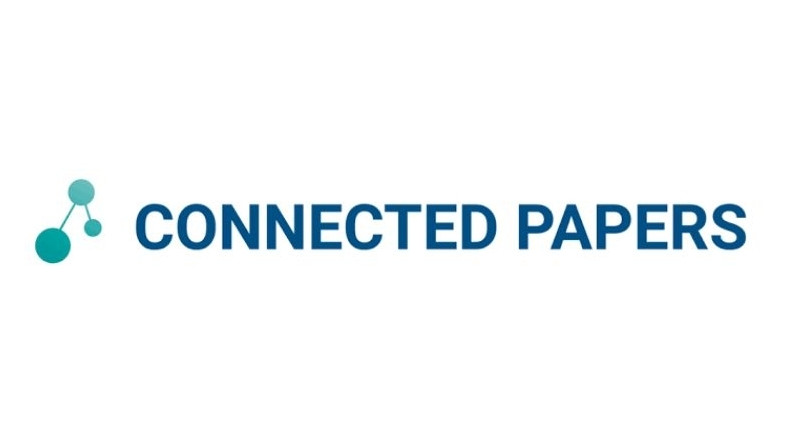 December 28, 2024 - BY
Admin
December 28, 2024 - BY
Admin
Connected Papers: A Visual Guide to Academic Research
For researchers and applied scientists, staying updated with the latest developments in their field is crucial. However, navigating through vast amounts of academic literature can be overwhelming. Connected Papers is a revolutionary tool that simplifies this process by offering a visual overview of research papers and their connections. This AI-powered platform helps users discover relevant works, identify influential papers, and explore relationships between studies in a bi-directional manner.
What are Connected Papers?
Connected Papers is an innovative visual tool designed to assist researchers and applied scientists in finding and understanding academic literature relevant to their work. By creating a graph of interconnected papers, the tool provides an intuitive way to explore key studies, their influences, and their derivatives. This approach not only ensures that users discover essential papers but also offers insights into the broader landscape of their research area.
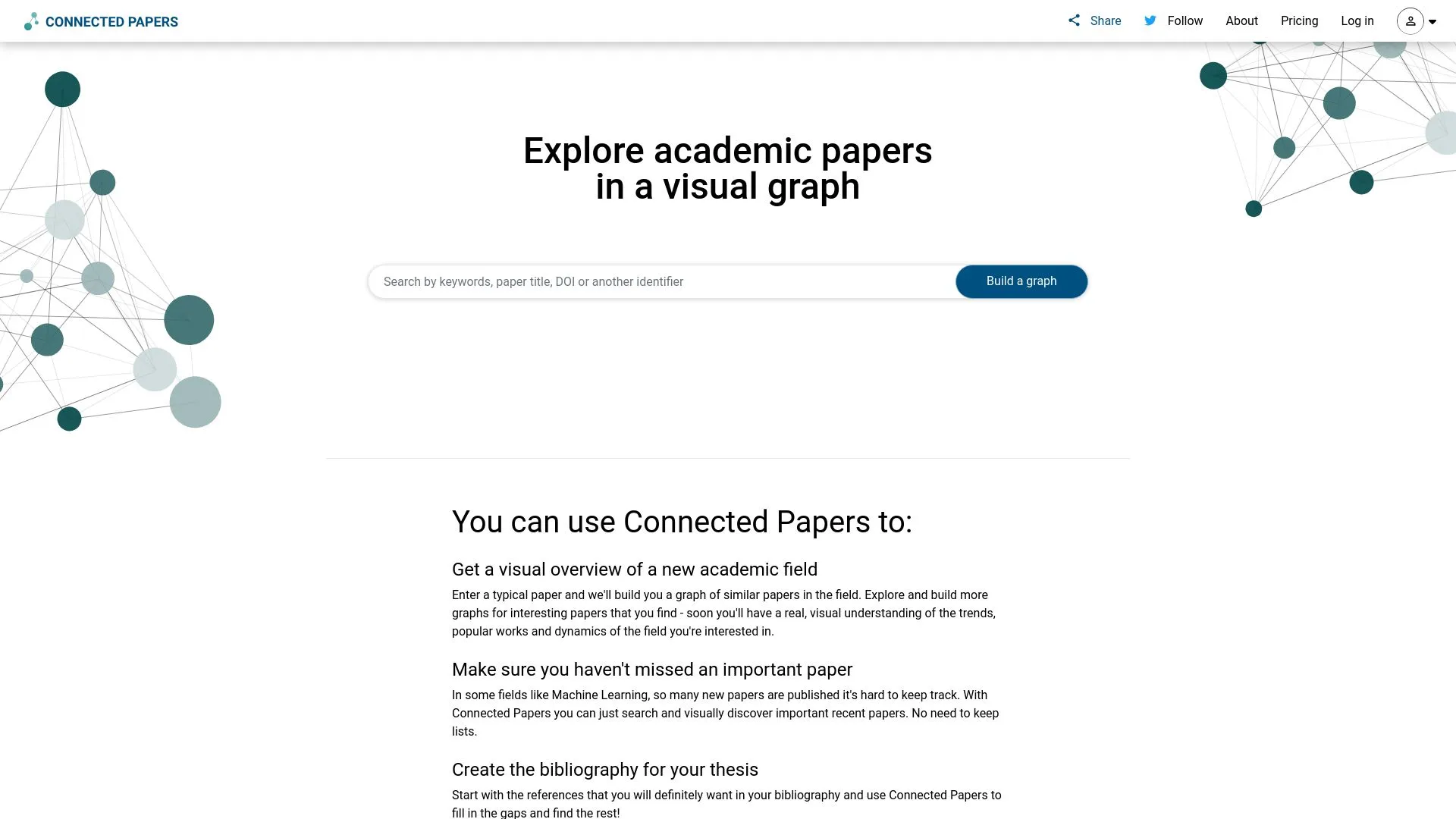
Key Features of Connected Papers
Connected Papers is packed with features that make it an invaluable tool for researchers. Here are its key offerings:
- Interactive Paper Graphs: The platform generates visual graphs that map relationships between academic papers, offering a clear view of their interconnections.
- Field Overview: By entering a specific research topic or paper, users can gain an overview of the field, including its key studies and trends.
- Bi-Directional Exploration: Users can explore relevant papers both backward (prior work) and forward (derivative work), ensuring a comprehensive understanding.
- Popularity Metrics: The tool highlights the most cited and influential papers, helping users prioritize their reading.
- Efficient Literature Handling: Connected Papers handles large volumes of academic content, making it easier to identify important studies and avoid missing critical papers.
- User-Friendly Interface: The platform’s design is intuitive, enabling users to navigate graphs and access detailed paper information effortlessly.
- Free Access: As a cost-free tool, Connected Papers is accessible to all researchers, regardless of their budget.
Why Choose Connected Papers?
Connected Papers stands out as an essential resource for researchers for several reasons:
- Simplified Literature Discovery: The visual graphs make it easy to identify key papers and understand their relationships without getting lost in an endless list of references.
- Comprehensive Field Insights: By providing an overview of research trends, the tool helps users stay updated with the latest developments in their area of interest.
- Time-Saving Solution: The efficient handling of large academic databases allows users to quickly find the most relevant studies.
- Ideal for Interdisciplinary Research: The tool bridges connections between different fields, making it ideal for researchers working on interdisciplinary projects.
- Enhances Research Quality: By identifying influential works and uncovering gaps in the literature, Connected Papers contributes to higher-quality research.
- Accessible to Everyone: The free nature of the platform ensures that researchers from all backgrounds can benefit from its features.
How to Register for Connected Papers via SSSTik
Registering for Connected Papers through SSSTik is a unique and straightforward process. Follow the steps below to get started:
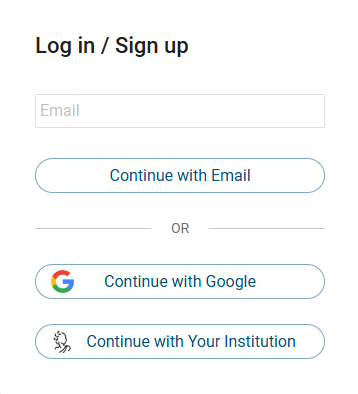
- Visit the SSSTik Website: Open your web browser and navigate to SSSTik, a leading platform for discovering and accessing AI-powered tools.
- Search for Connected Papers: Use the search bar on the homepage to locate Connected Papers, once found, click on the tool’s dedicated page to learn more about its features and benefits.
- Access Without Registration: Unlike many platforms, Connected Papers does not require a formal registration process. Simply access the tool through SSSTik’s interface and start exploring its features.
- Set Up Your Workspace (Optional): If you wish to save your searches or graphs, you can link your Google account to SSSTik and Connected Papers for a personalized experience.
- Start Exploring: Begin by entering a topic or paper of interest, and let Connected Papers generate your first interactive graph.
How to Use Connected Papers: Basic Features and Tips
Using Connected Papers is simple, yet its impact on research efficiency is profound. Here’s how you can leverage its features effectively:
- Search for a Paper or Topic: Start by entering the title of a research paper or a specific topic in the search bar, the tool will generate a visual graph of related studies.
- Explore the Interactive Graph: Navigate through the graph to identify key papers and their relationships, hover over nodes to view paper details, including authors, publication date, and citation count.
- Analyze Bi-Directional Relationships: Use the tool to explore prior work that influenced a study or derivative work that builds upon it. This bi-directional exploration ensures a holistic understanding of the research landscape.
- Identify Influential Papers: Focus on nodes that are prominently positioned or highly connected in the graph to find influential and frequently cited studies.
- Download or Save Your Graphs: Save your visualizations for future reference or include them in presentations to enhance your research communication.
- Stay Updated with New Papers: Periodically revisit your topic of interest to discover newly published papers and emerging trends.
- Integrate with Other Tools: Combine insights from Connected Papers with reference management tools like Zotero or Mendeley to streamline your workflow.
By following these steps, you can maximize the potential of Connected Papers and transform the way you approach academic research.
Conclusion
Connected Papers is a revolutionary tool that simplifies the process of discovering and understanding academic literature. With its interactive graphs, bi-directional exploration, and popularity metrics, the platform empowers researchers to navigate their fields with ease and confidence. By accessing it through SSSTik, users can quickly start benefiting from its features without the need for complex registrations.
